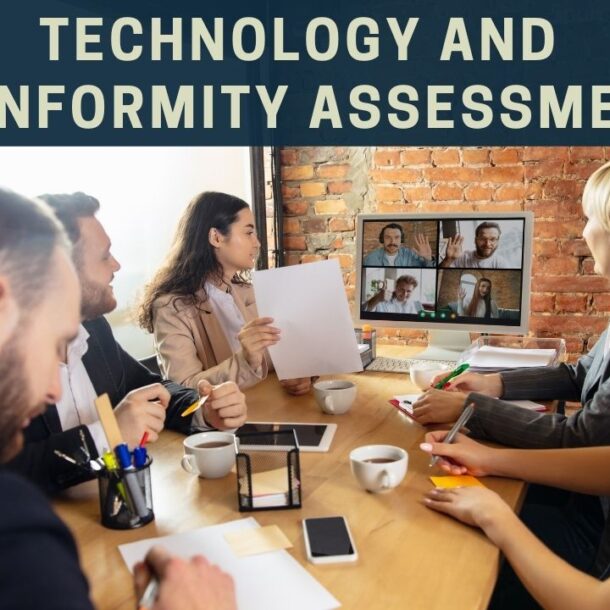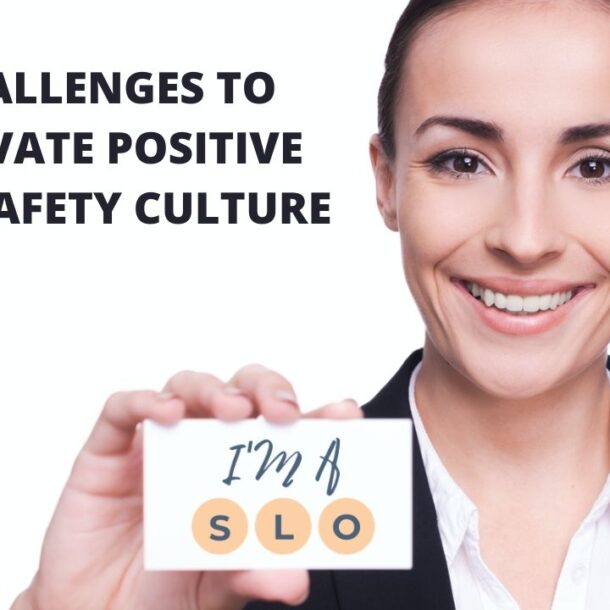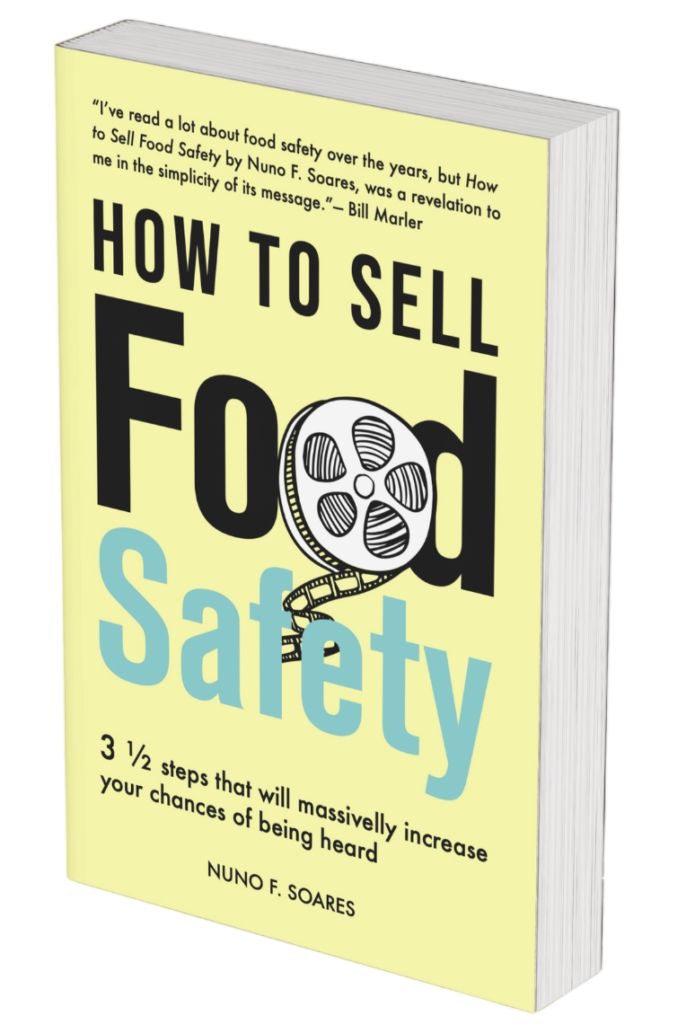
Last Saturday I presented my 2021’s MasterClasses Day where in one day I shared my 4 MasterClasses. One of the topics Food Safety Professionals always look for is Managing Organizational Risks. This is out of our comfort zone… we are comfortable with food safety risks, right? For this month’s article I decided to offer everyone (after all is Christmas time 🎄 ) section 3 of my Managing Organizational Risks e-book. Enjoy!







